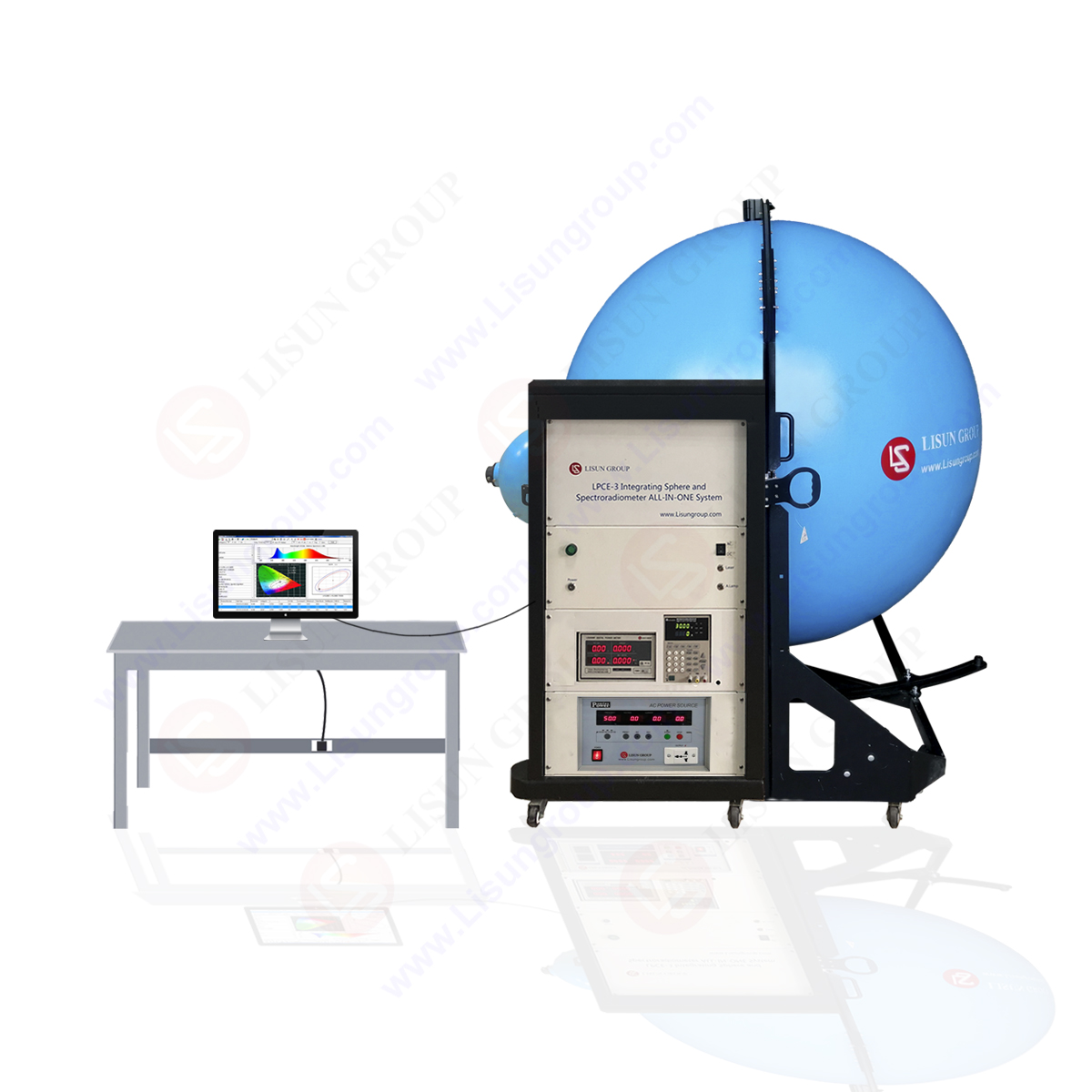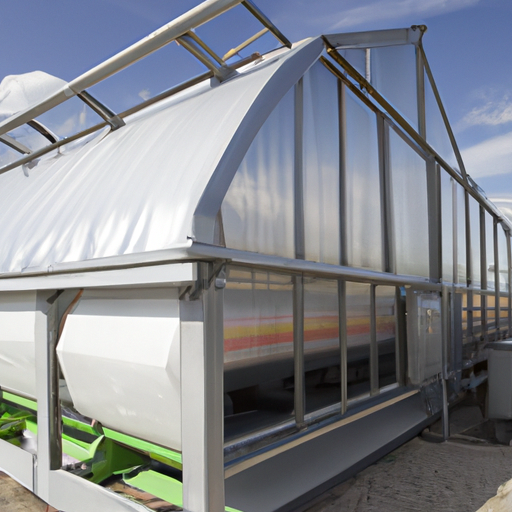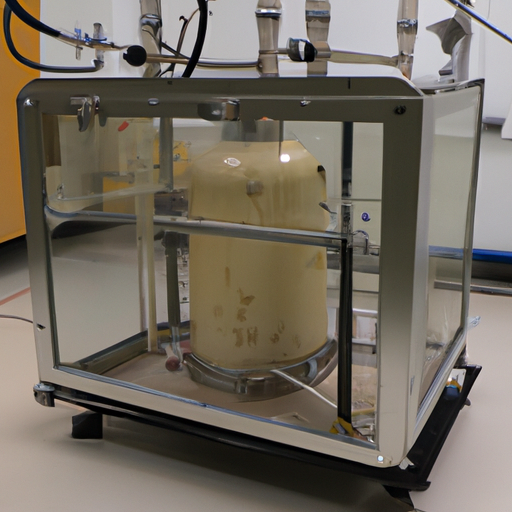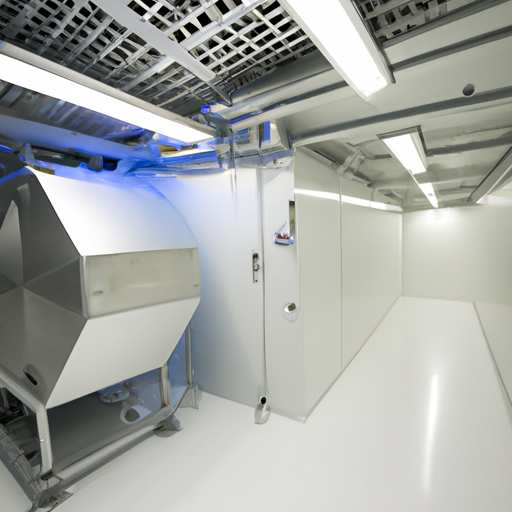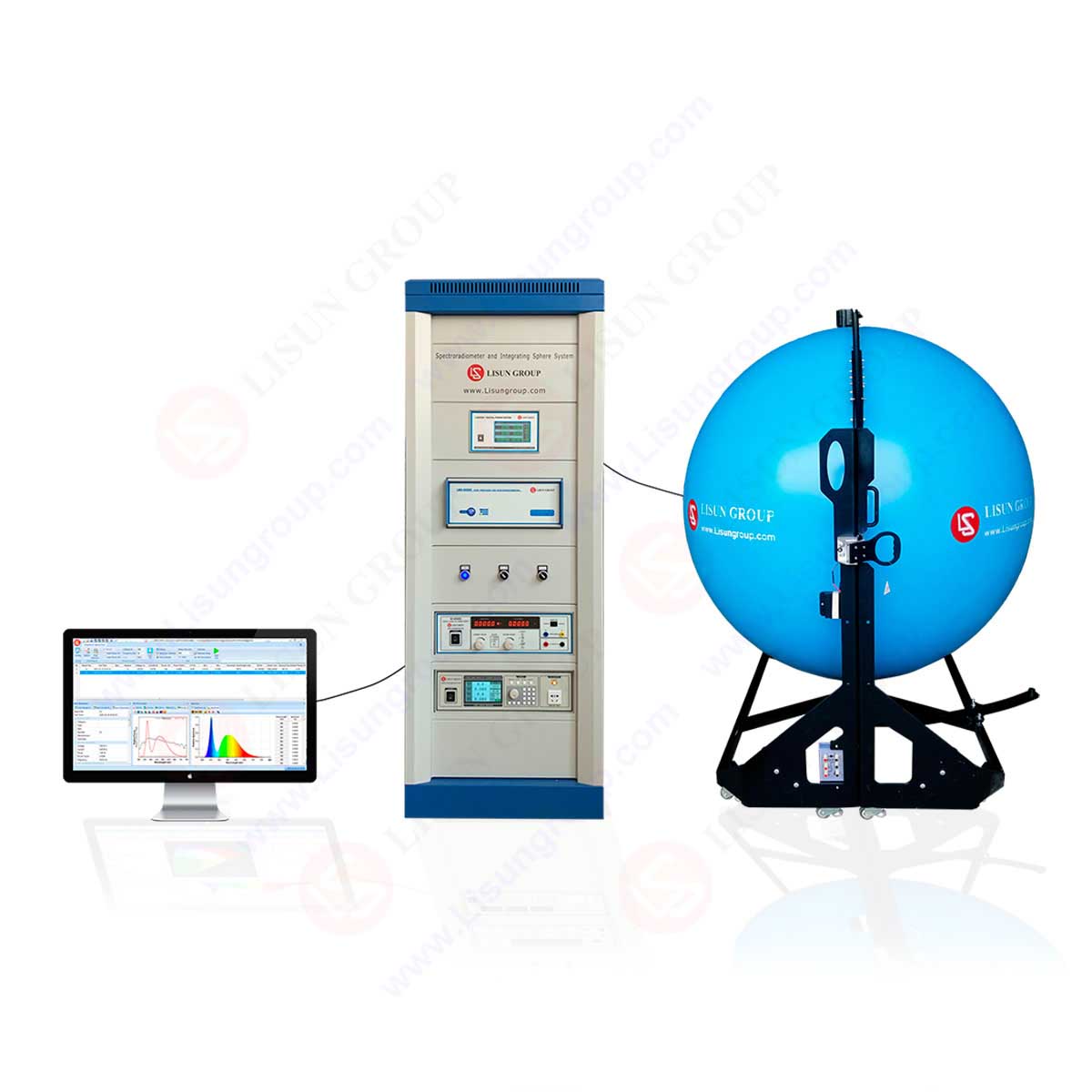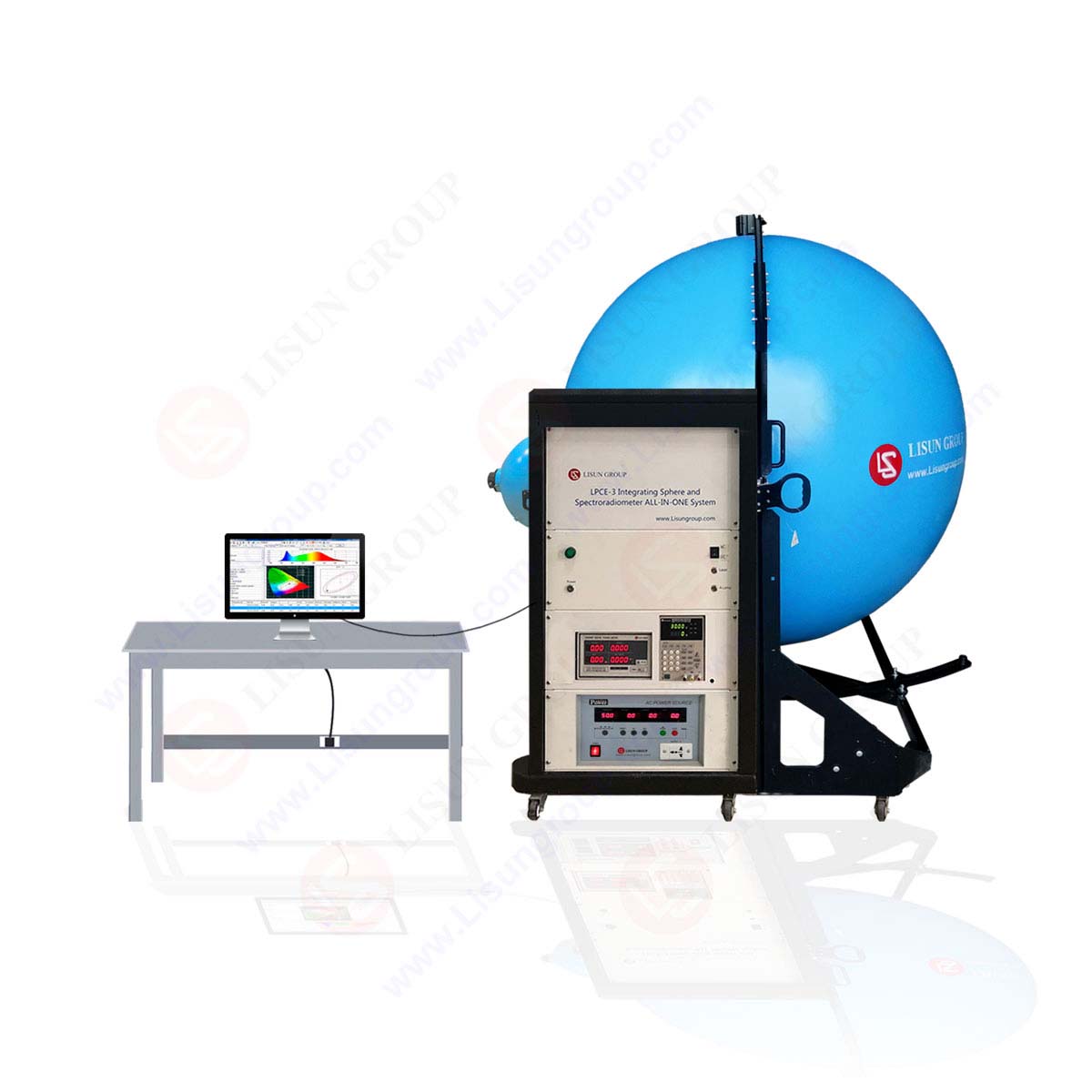Although many people feel very strange about the integrating sphere, it is indeed an indispensable existence in our life. It is widely used in various fields and accurately measures the temperature measurement and light effect of the light source. Then, as a user of the photometric integrating sphere, do you know what the functions of the integrating sphere are?
Definition of integrating sphere:
A hollow sphere having a highly reflective inner surface. It is a high efficiency device used to collect the scattering or emission of light from the sample in the ball or placed outside the ball near a certain window.
Principle of integrating sphere:
After the light is incident from the input hole, the light is uniformly reflected and diffused inside the ball, so the light obtained from the output hole is a fairly uniform diffused beam. And the incident angle, spatial distribution and polarization of the incident light will not affect the intensity and uniformity of the output beam. Because the light is emitted after being integrated inside the integrating sphere, the integrating sphere can also be used as a light intensity attenuator. The ratio of the output intensity to the input intensity is about the area of the light output hole / the surface area inside the integrating sphere.
Function of integrating sphere:
1、 Optical receiver
The measured light enters the sphere through the small hole on the integrating sphere. One or two photodetectors are arranged on the inner wall. The photocurrent output by the photodetectors is proportional to the illuminance on the inner wall of the integrating sphere. In this way, * the change of the luminous flux entering the integrating sphere can be known according to the change of the output photocurrent.
2、Uniformly illuminated object surface
Several bulbs (usually four or six) are symmetrically and uniformly arranged on the inner wall of the photometric integrating sphere and the light exit hole. The light emitted by the bulb is diffused and reflected by the inner wall for many times to form a uniform and bright luminous spherical surface. The integrating sphere is used to measure the vignetting coefficient of the photographic objective lens and the uniformity of illumination on the image plane.
3、 Spherical collimator
The integrating sphere with collimating objective lens, bulb and black and white stoppers is called spherical collimator, which is used to measure the stray light coefficient of the telescope coefficient. During measurement, the illuminance of the black body target image and the “white stopper” image are measured by the photodetector respectively, and * is the corresponding indication value measured by the photodetector respectively. After calculation, the stray light coefficient of the telescope under test can be obtained. This is because if the image of a black object in the bright sky is not all black, it means that in addition to imaging the object, the telescope also has stray light on the image plane.
We should understand the function of the photometric integrating sphere. At present, the integrating sphere has been widely used in many industries and fields in China. As a user, it is necessary to correctly understand the working principle and function of the integrating sphere.
LISUN launched LPCE-2 Integrating Sphere Spectroradiometer LED Testing System is for single LEDs and LED lighting products light measurement. LED’s quality should be tested by checking its photometric, colorimetric and electrical parameters. According to CIE 177, CIE84, CIE-13.3, IES LM-79-19, Optical-Engineering-49-3-033602, COMMISSION DELEGATED REGULATION (EU) 2019/2015, IESNA LM-63-2, IES-LM-80 and ANSI-C78.377, it recommends to using an array spectroradiometer with an integrating sphere to test SSL products. The LPCE-2 system is applied with LMS-9000C High Precision CCD Spectroradiometer or LMS-9500C Scientific Grade CCD Spectroradiometer, and A molding integrating sphere with holder base. This sphere is more round and the test result is more accruacy than the traditional integrating sphere.
LPCE-3 is a CCD Spectroradiometer Integrating Sphere Compact System for LED Testing. It is suitable for single LED and LED luminaires’ photometric, colorimetric and electrical measurement. The measured data meets the requirements of CIE 177, CIE84, CIE-13.3, COMMISSION DELEGATED REGULATION (EU) 2019/2015, IES LM-79-19, Optical-Engineering-49-3-033602, IESNA LM-63-2, ANSI-C78.377 and GB standards.
Lisun Instruments Limited was found by LISUN GROUP in 2003. LISUN quality system has been strictly certified by ISO9001:2015. As a CIE Membership, LISUN products are designed based on CIE, IEC and other international or national standards. All products passed CE certificate and authenticated by the third party lab.
Our main products are Goniophotometer, Integrating Sphere, Spectroradiometer, Surge Generator, ESD Simulator Guns, EMI Receiver, EMC Test Equipment, Electrical Safety Tester, Environmental Chamber, Temperature Chamber, Climate Chamber, Thermal Chamber, Salt Spray Test, Dust Test Chamber, Waterproof Test, RoHS Test (EDXRF), Glow Wire Test and Needle Flame Test.
Please feel free to contact us if you need any support.
Tech Dep: Service@Lisungroup.com, Cell/WhatsApp:+8615317907381
Sales Dep: Sales@Lisungroup.com, Cell/WhatsApp:+8618117273997

 中文简体
中文简体
